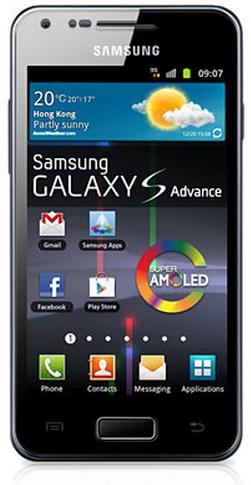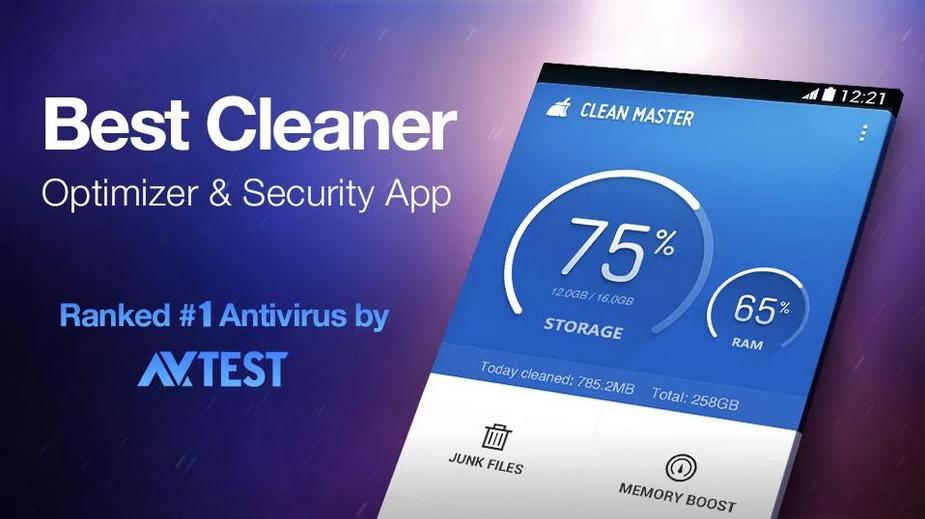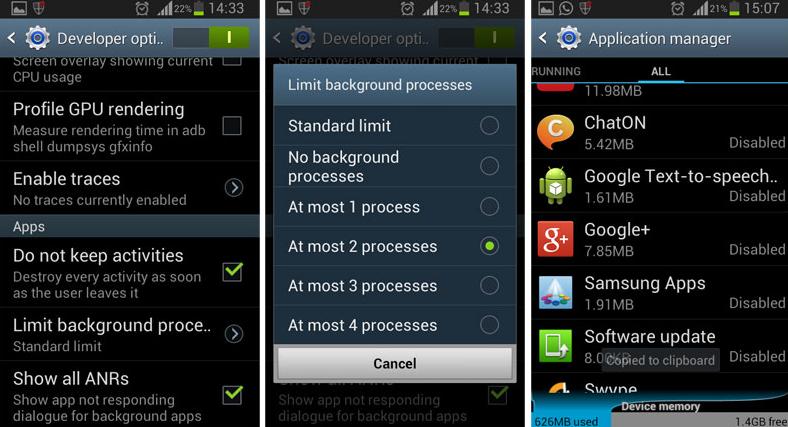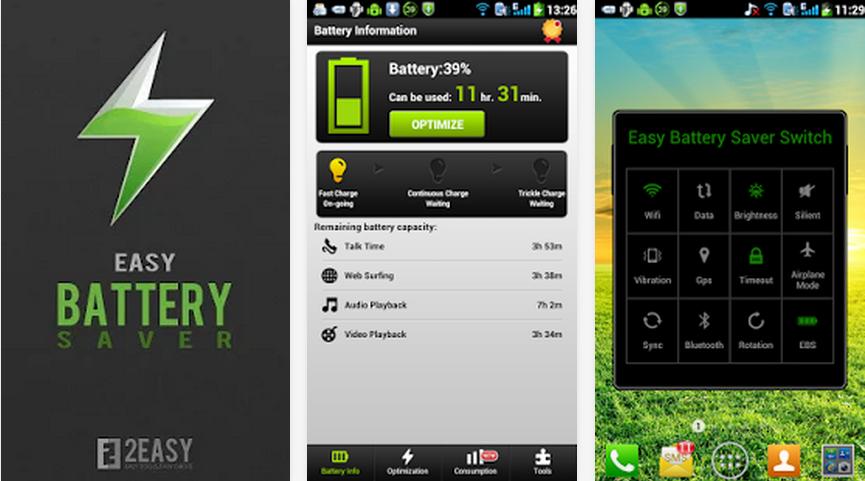1. Identify your Android category
Android is an extremely capable and robust operating system, which is what has made it so popular among the smartphone manufacturers. Droids are available across many categories, such as low end, medium end and high end. Naturally the low-end phones won’t be able to compete with high-end phones in terms of performance, but their optimization levels are different.
Low-end Android. Processor < 1GHz; RAM < 512MB. Requires higher maintenance for better performance. Examples: Samsung Galaxy Ace, HTC Touch. Medium-end Android. Processor < 1GHz Dual core; RAM < 1GB. Requires moderate maintenance for optimal performance. Examples: Samsung Galaxy S Advance, HTC Desire. High-end Android. Processor > 1GHz Quad core; RAM > 1GB. Needs minimal or no maintenance at all. Examples: Samsung Galaxy S5, HTC One V or Sony Xperia Z2.
2. Stay on top of application launch delays and unusual phone lag
Clean the cache and temporary memory using something like All-In-One Toolbox or Clean Master. Explore the developer options available on Android ICS and above. Limit background processes and do not keep unnecessary activities running (for low-end droid users and those who can work without multitasking). Choose between performance or looks. Minimize window animation, transition and animator scales, besides toggling between hardware overlays. Whatever works best for your device. Disable unwanted system applications. Open the application manager and disable unwanted system apps that came pre-installed in the stock phone. For low-end and medium-end Android users, unwanted mobile applications don’t exactly help with the phone’s performance or the battery power consumption either. Let your processor breathe. Remove recent applications that may not be required anymore but that are bugging your RAM. Everybody loves mobile apps. The more the better! But same cannot be said for your smartphone. More apps mean more memory and resource dispersion, which ultimately triggers unwanted launch delays and lag. Hence, it is advisable to be a little selective about the kind, size and, most importantly, the purpose of mobile applications in your phone, especially if you own a low- or medium-end Android device.
3. Save on battery juice
Modern smartphones usually last a day on a single battery recharge, especially Android phones. Battery juice can be saved with the following tricks and tools. I hope they help your case!
Use battery-saving apps. Juice Defender and Easy Battery Saver are some of the most popular Android applications available on the Google Play Store. Go dark over screen. Use a dark-themed wallpaper because it helps in conserving battery juice. This works brilliantly in the case of Android smartphones with super Amoled or Black IPS screens, such as Galaxy S4 and S5. Power Saving. Stock Jelly Bean phones come with three battery-saving settings: CPU power saving, screen power saving, and turn off haptic feedback. Check them when you feel you need to save some juice before the zero power catastrophe. Modern li-ion batteries don’t have memory. Stop plugging your phone in to charge before going to sleep if you want to keep your battery for a long time. Li-ion batteries aren’t like their nickel counterparts, and prolonging their charging cycles can destroy their lifespan. Calibrate your battery. Experts have opined that it is a good idea to calibrate (completely drain out) your battery at least once a month to enhance its life. Calibration takes care of your battery’s health and charge cycles.
Featured photo credit: Fried Toast via flickr.com




